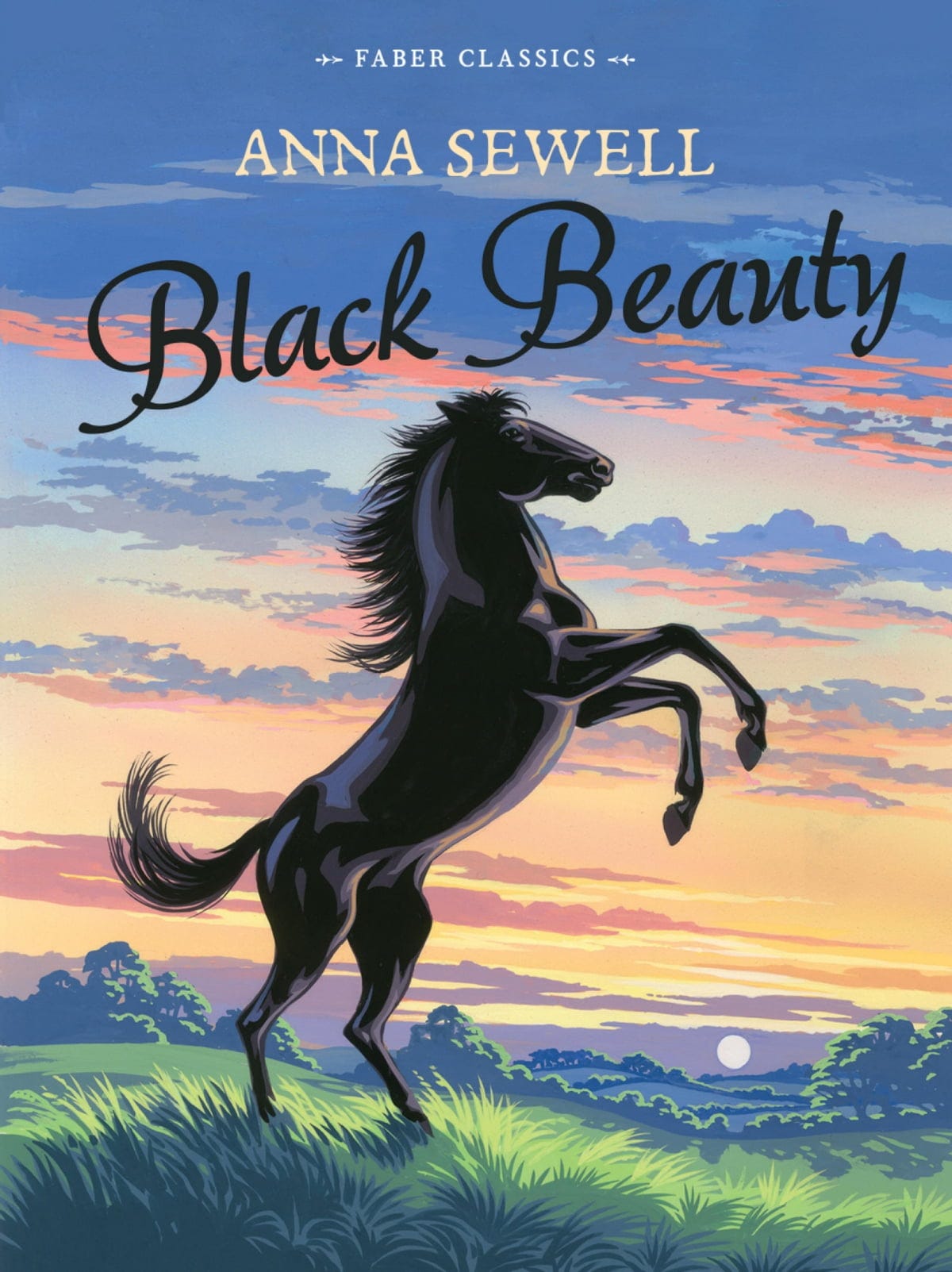Black Beauty is a children’s classic, an imaginative travel through the life of a horse in 19th century England. The reader experiences all “trots” of life for a horse during this period, as a lady's carriage horse, a cart horse for-hire, and as a cab horse for a kind driver named Jerry Barker, who teaches Black Beauty the tricks of navigating London’s busy streets. However, there’s more to this stage of Black Beauty’s life than just a vivid imagining of London from a horse’s perspective- there’s also health economics!

One fateful New Year’s Eve during Black Beauty’s cab years, two negligent, disreputable cads make Jerry and Black Beauty wait for several hours in the cold London rain. As a result, Jerry falls deathly ill and must rest in the care of his wife and two young children, unable to work for weeks. This would be disastrous for the family, losing their sole source of income and a horse to feed to boot.
Enter the health economics! While a fellow cab driver, Grant, comes to visit the family, he speaks to the young son in the stable:
“Just so,” said Grant. “Now look here, will you tell your mother that if she is agreeable, I will come for (Black Beauty) every day till something is arranged, and take him for a good spell of work, and whatever he earns, I’ll bring your mother half of it, and that will help with the horses’ feed. Your father is in a good club, I know, but that won’t keep the horses.”
Grant is stepping in heroically to feed… only the horse?? Yes, this is a novel starring a horse, but is the rest of the family going to starve? Never fear, kindhearted Jerry is in a good club. Even before national health insurance or large private insurance companies, mutual insurance societies- the club referred to in the excerpt- naturally arose among groups of people facing uncertain risks to their income, such as Jerry and his fellow cab drivers. Also called Friendly Societies in the UK, these voluntary organizations formed to collectively protect against debts caused by illness or death.[1] Members would contribute money monthly to the club and, in exchange, the club would make payouts to any member that became sick or was unable to work for a short period of time. In this way, individuals could help insure themselves against lost income.
These early Friendly Societies became important social institutions with their own traditions and methods of advertisement. (Members sometimes paraded around their village with brass-topped staff symbolizing of the Friendly Society- check out this lot which sold at Christies for over $1,700). Many of these early Friendly Societies have evolved into strictly financial institutions in modern times, such as Shepherds Friendly, founded in 1826, which now offers more modern mutual insurance and and savings plans to 136,000 people.
These societies are not merely an artifact specific to British history. In fact, mutual aid organizations are common across many cultures: the Hui in China is a traditional rotating loan club, Chit Funds are savings and credit accounts in India, Bangladesh, and Sri Lanka, and I’ve been told the wonderful fufu and stew, conversation, and funding, that come with a monthly tontine, still a popular custom in Cameroon.[2] The global ubiquity of these arrangements is a simple illustration that insuring against hardship and caring for our communities doesn’t have to be produced by complex government edicts (or rich-country government budgets), but instead can and will arise from individuals taking collective actions in their communities.
[1] https://www.britannica.com/money/friendly-society
[2] For more on the growth of this information credit sector in Cameroon, check out this archive NYT article.
